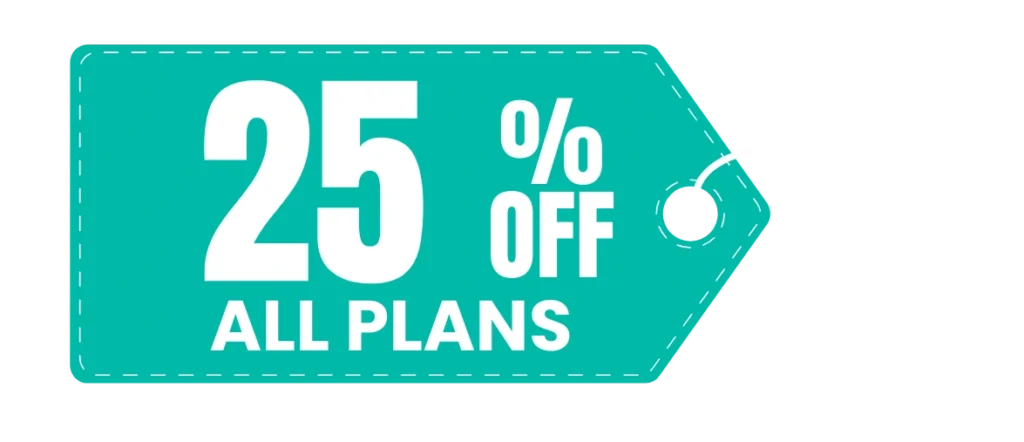Training is everywhere. Engagement isn’t.
If you lead learning and development (L&D) departments or processes, you already know the paradox: courses launch, completions trickle in, and behavior at work barely moves. Learners tell us the same things—sessions are too long, too static, and too disconnected from the moments that matter on the job. Meanwhile, your stakeholders want proof of impact, not just proof of attendance.
It’s time to flip the script: move from content consumption to guided conversation—and from one-way delivery to real-time practice with feedback.
Why Content Alone Stalls Behavior Change
Most corporate programs still rely on formats that are efficient to distribute but thin on application: videos, slide decks, quizzes. They scale—but they rarely create the conditions where people wrestle with ideas, make decisions under pressure, or practice the “human” skills that drive performance—communication, leadership, negotiation, inclusion.
L&D leaders consistently cite three friction points:
- Time: Long sessions that are hard to fit into busy schedules.
- Monotony: Experiences that don’t invite participation, so attention drifts.
- Access & Relevance: Training isn’t available in the flow of work or doesn’t adapt to specific roles and contexts.
Add pressure to show measurable results—and the gap between “we delivered training” and “people now do X differently” becomes the core problem to solve.

Structured Peer Dialogue: The Missing Middle
Between passive e-learning and expensive workshops sits a high-leverage layer: structured peer dialogue.
Think short, facilitated conversations where colleagues analyze a case, role-play a scenario, debate tradeoffs, and receive immediate feedback. This format elevates relevance (your context, your decisions), builds social accountability (everyone contributes), and creates evidence of learning (what people said, how they reasoned, what improved).
Historically, this has been hard to scale. Scheduling, facilitation quality, and consistent assessment make it costly to run—and even harder to repeat.
How AI Makes This Scalable
AI won’t replace your best facilitators—it scales them.
AI can productize good facilitation so more people get high-quality practice, more often.
With Human2Human.ai, L&D teams can:
- Run real-time, structured activities — debates, role plays, case walk-throughs, retrospectives—guided step-by-step by an AI moderator that keeps time, prompts quieter voices, and probes for depth.
- Embed clear rubrics — define what “good” looks like (e.g., active listening, inclusive language, objection handling). The AI scores against those criteria and provides personalized feedback immediately after the session.
- Plug into your LMS via LTI — launch activities where learners already are, capture results back into your system of record, and avoid another login or data silo.
- Keep sessions short and high-impact — 10–25 minutes fit the calendar and beat content fatigue.
This combination tackles the three big friction points directly: shorter formats, intrinsically engaging dialogue, and seamless access in your existing tech stack.

Practical Use Cases L&D Can Ship Next Month
- Manager Essentials: Practice 1:1s, tough feedback, goal setting, and recognition conversations.
- Sales & Customer Success: Objection handling, discovery calls, renewal negotiations, and de-escalation.
- Inclusion & Culture: Micro-scenarios to rehearse inclusive behaviors and allyship with psychological safety.
- Compliance with Judgment: Go beyond “check the box” to practice gray-area decisions and articulate rationale.
Each activity yields tangible evidence—rubric scores and text feedback your team can review, trend, and use to iterate.
How to Pilot (Without Boiling the Ocean)
- Create an account in H2H by clicking here.
- Choose one business outcome — e.g., “increase manager confidence in tough conversations.”
- Pick one scenario that actually happens at your company. Draft a concise rubric (3–5 criteria).
- Select 30–60 participants across a single audience (new managers, a sales pod).
- Run two touches per person in 30 days: one practice, one follow-up with a twist.
- Measure what matters: participation, rubric deltas, self-reported confidence, and manager observations.
Because Human2Human.ai runs inside your LMS, setup is straightforward—and reporting stays in one place. You’re testing behavioral rehearsal, not launching a new platform.
Guardrails on Claims (and Why They Build Credibility)
We won’t throw “miracle” numbers at you. The industry is full of bold promises; your stakeholders want credibility.
The honest case for AI-facilitated practice is simple:
- It turns learners into participants—a prerequisite for behavior change.
- It creates consistent feedback loops—a known driver of performance.
- It scales quality practice—without linear headcount.
Prove it in your context with a tight pilot and share the evidence internally. That’s how you build adoption and secure a budget.
Ready to Move Beyond Check-the-Box Training?
If you’re ready to bring structured peer dialogue and AI feedback into the flow of learning, Human2Human.ai makes it easy to pilot, plug in, and show what changed.



